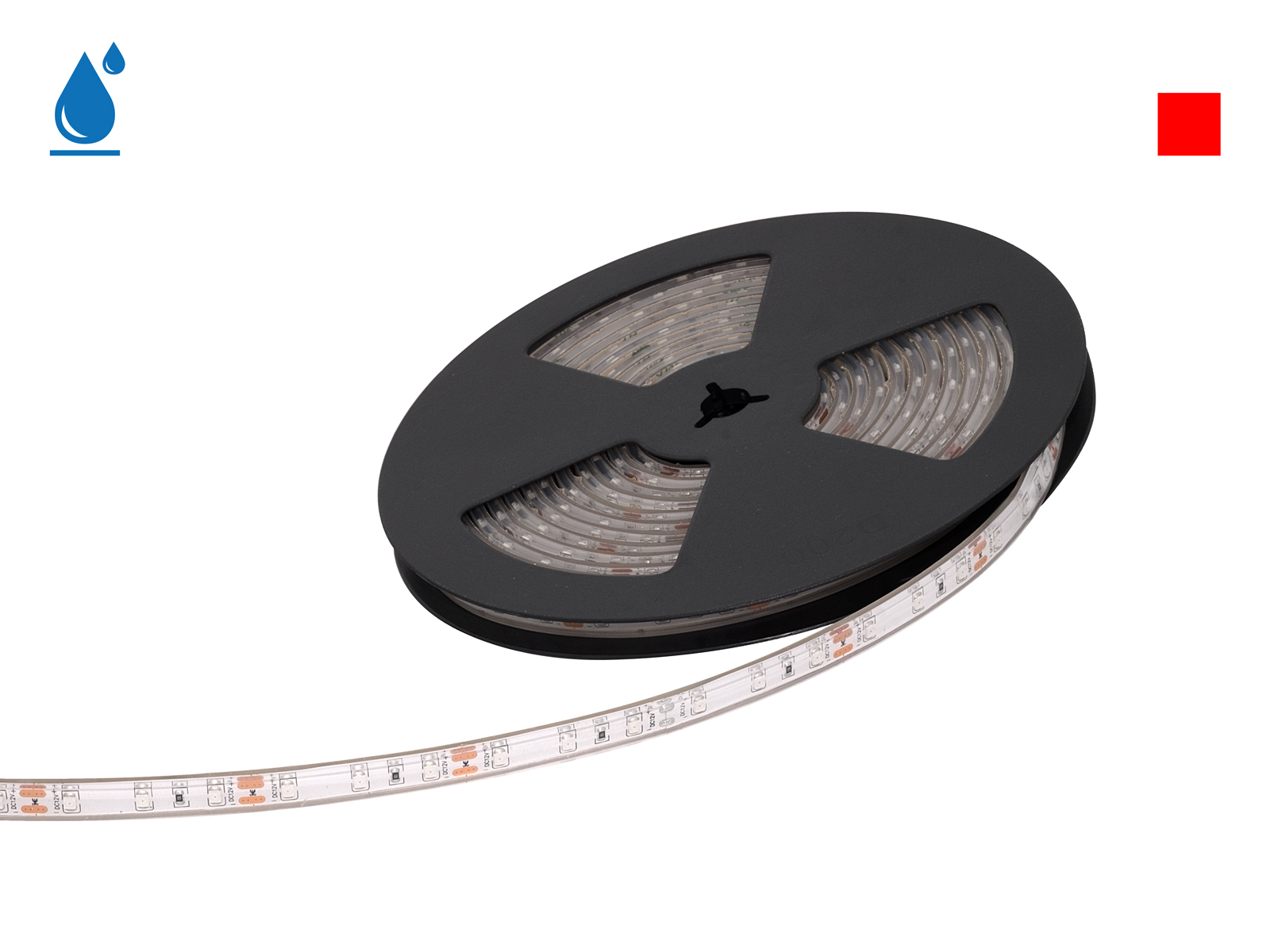tkinds of led lighting

LED (Light-Emitting Diode) lighting is a extremely energy-efficient and versatile lighting expertise that has gained widespread use lately. LEDs have reworked the lighting trade due to their numerous benefits, including energy savings, longevity, sturdiness, and flexibility. Here are key elements of LED lighting:
Energy Efficiency:
LEDs are recognized for his or her exceptional energy effectivity. They devour significantly less electricity compared to traditional incandescent and fluorescent lights. This translates to lower energy bills and reduced environmental impact.
Longevity:
LEDs have a for a lot longer lifespan than standard light sources. They can last as long as 25,000 to 50,000 hours or more, depending on the quality and usage. This longevity reduces the necessity for frequent replacements, saving both money and time.
Durability:
LEDs are solid-state lighting devices, which implies they are extremely sturdy and resistant to shock, vibrations, and external impacts. This makes them best for various functions, together with outside lighting.
Instantaneous Lighting:
LEDs provide instant illumination when turned on, with no warm-up time required. This is in contrast to some fluorescent lights that may take a second to reach full brightness.
LED strips :
LEDs are available in varied shade temperatures, permitting users to choose out lighting that suits their preferences and desires. Common choices embrace heat white, cool white, and daylight white.
Dimmability:
Many LED fixtures and bulbs are dimmable, offering flexibility to adjust lighting ranges to create the desired ambiance and save even more vitality when full brightness isn't wanted.
Directional Lighting:
LEDs emit gentle in a specific course, making them extremely efficient for centered lighting functions. This attribute reduces gentle wastage and allows for precise illumination.

Wide Range of Applications:
LEDs are utilized in a broad spectrum of functions, together with residential lighting, commercial lighting, street lighting, automotive lighting, signage, and displays.
Environmental Benefits:
LED lighting contributes to vitality conservation and reduced greenhouse fuel emissions as a outcome of its low energy consumption and long lifespan. It additionally contains no hazardous supplies like mercury, which is present in some other types of lighting.
Color Rendering Index (CRI):
LEDs can achieve high CRI values, which implies they accurately render colors in comparison to pure daylight. This is necessary for functions where color accuracy is essential, such as in artwork galleries and retail settings.
Smart Lighting:
Many LED lighting systems can be integrated into smart home or building automation methods. This allows for distant management, scheduling, and customization of lighting to meet specific wants and preferences.
Cost Savings:
While LED lighting fixtures and bulbs could have a better initial price compared to traditional lighting, the long-term energy financial savings and decreased upkeep bills usually make LEDs a cheap selection over time.
LED lighting has revolutionized the way we illuminate our houses, workplaces, and public spaces. As the know-how continues to advance, it is more likely to become much more environment friendly and versatile, additional decreasing power consumption and environmental influence whereas providing high-quality lighting options..
